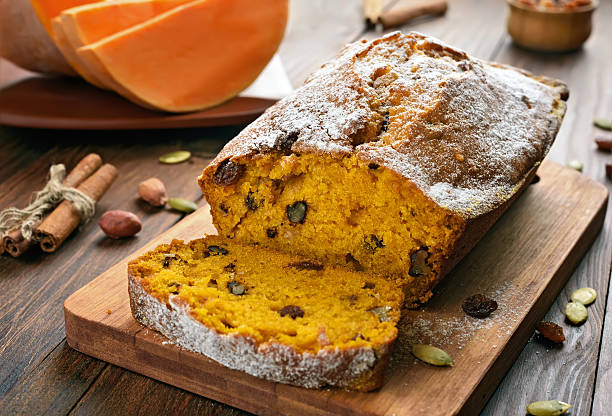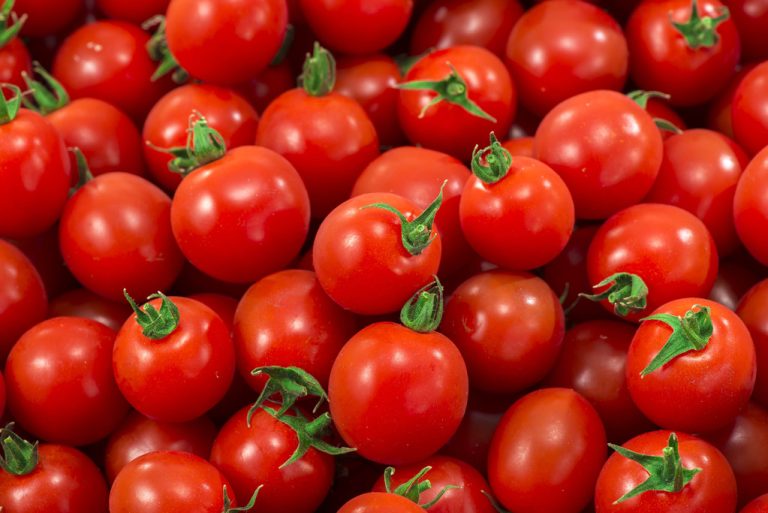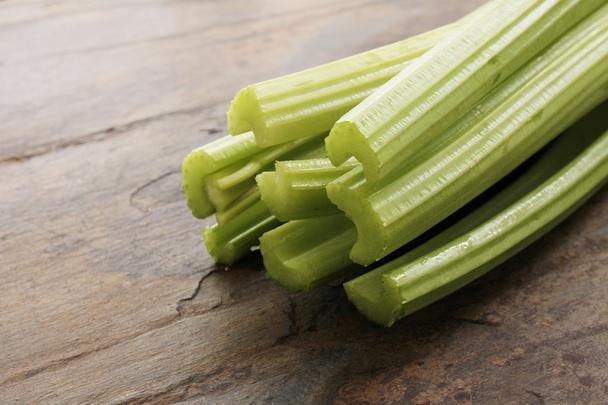Photography is a great hobby and you can capture great moments. So that it’s not just snapshots, but great pictures of people or travel, we’ve collected tips for learning to take photos. Accordingly, photography is also a success for beginners.
A few simple tricks will help you to avoid having to have blurry, underexposed, or shaky photos developed. Then your pictures will become breathtaking snapshots. Whether as a hobby or as a professional activity, everyone starts small.
Learn to take photos successfully

If you want to learn photography successfully, you don’t need much at first. Because the passion for photography is completely sufficient to start with the hobby of photography. Many think it’s an expensive hobby. And indeed, professional equipment is not cheap. But cell phones already offer you good cameras to try out. It is highly recommended to try it out first and find out whether photography will become a permanent hobby.
When taking photos, you learn to consciously perceive your surroundings and get an eye for the beautiful details in your surroundings. And your environment offers you diverse and beautiful motifs so that you never get bored while learning to photograph. You can also use the photos to create great photo gifts as a souvenir.
Simple photography tips for beginners
Once you’ve decided to learn how to take photos, simple tricks will help you get impressive shots. This makes photography a success even for beginners and provides a lot of fun. In addition, note our tips for learning to sew yourself.
1) What equipment do I need to take photos?
You don’t need much to learn to photograph. And above all, it is not necessary to buy the best professional equipment right at the beginning. It makes much more sense if you, as a beginner, buy simple or used equipment. You can use your cell phone or get a camera for beginners. For this purpose, think about which motifs you mainly want to shoot and which cameras are available on the market. Also, note tips for bargain hunting on the Internet.
2) Get to know attitudes
You don’t have to be tech-savvy, but you should know the most important camera settings and know how to use them. The categories aperture, ISO, and exposure time should be mentioned here. In the following, look at their meaning and then try out the settings. Because practice makes perfect. You will quickly see how well you can learn to take photos.
3) When taking photos, learn to pay attention to the lighting conditions
The light plays an important role. Studio lighting is not always available, especially when you are out and about. Therefore, you should know how to use natural daylight properly. In strong sunlight, a soft light should be generated. This works if you go to a shady place or if you don’t take the picture against the sun. If you own a professional camera, you can create the right light using the aperture and exposure time settings. This is not only practical when the brightness is low, but can also lead to great effects! Also, note tips for effective learning with self-organization.
4) When to use flash?
You can also use the flash to take photos outdoors. This is especially important when the sun is shining. Because it can create dark shadows on the subject’s face. Therefore, depending on the strength of the sunlight, choose between fill flash and full flash. If the subject is about 5 feet from the camera, use fills flash; full flash at a further distance. There may also be suitable professional training for you to learn photography.
5) Focus on the subject
The subject should be staged. This means that you as the person taking the photo determine what happens. Accordingly, take over the management and direction. When taking pictures of people, you can get up close and zoom in. This can reveal quite nice and interesting details. Make sure that the images are not blurred, depending on the type of camera and lens, the limits are different. You can use great motifs to create great homemade gifts.
6) Camera at eye level for portraits

The most important thing first: the subject should be the center of the picture. Therefore, it is important to properly arrange people. Especially with group photos, you should keep an overview. The following applies to the small ones to the front, and the big ones to the back. And note that no one will be cut off. It can also be useful for portraits to hold the camera at eye level. This is how beautiful and impressive photos are created. The person does not necessarily have to look into the camera. Photos are taken in this way to create a particularly welcoming atmosphere. You can also create great photo calendars with your own pictures and give them away.
7) Social Media
If you don’t want to stick your finished photos in a now old-fashioned photo album, you can also easily share them on social media channels. So you can not only capture and enjoy the great moments yourself but also share them with friends. Learning to photograph is also a great idea for leisure time.




















